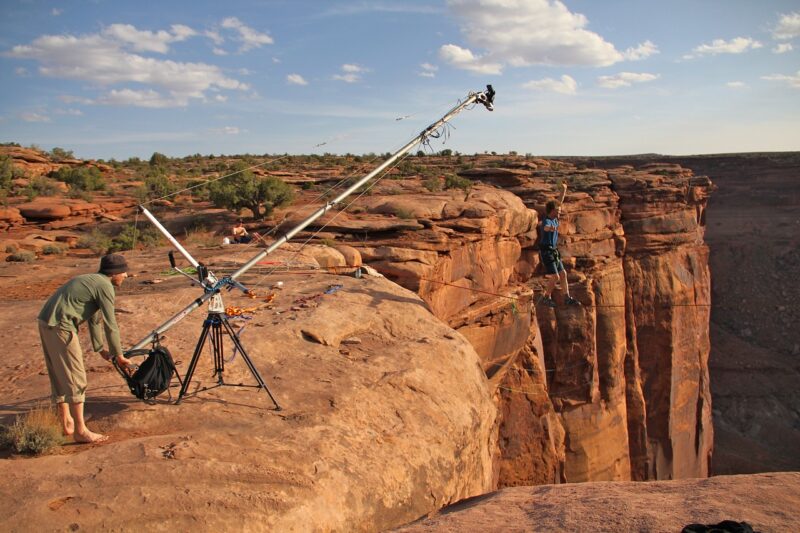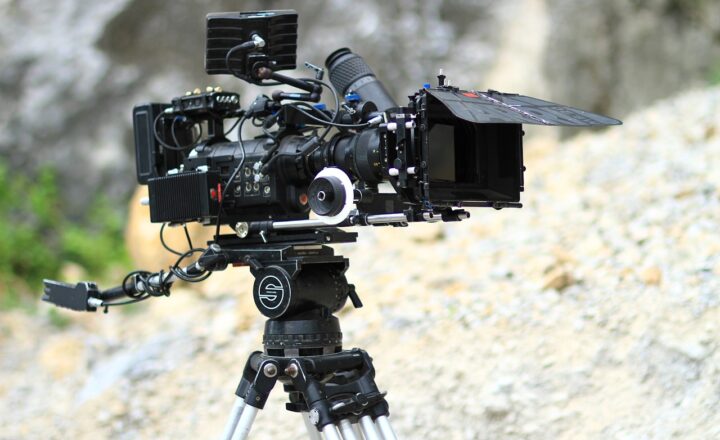
Creating captivating TV shows is an intricate process that blends creativity, technical know-how, project management, and a deep understanding of audience preferences. The perceived glamour of the Hollywood set often overlooks the hard work and innovation that fuels the production of great television. In this article, we will take a deep dive into the art of creating engaging TV shows, exploring the multifaceted process from conception to the final cut.
1. Conceptualizing the Show: The Seeds of Creativity
The journey of a TV show begins with a thoughtful concept. Writers and creators brainstorm ideas that resonate with potential audiences, keeping in mind current trends and societal issues. Factors that influence the initial concept include:
- Target Audience: Understanding the demographics and preferences of your intended viewers is crucial to crafting a relatable show.
- Genre Exploration: Whether it’s drama, comedy, or reality TV, the genre defines the tone and storytelling approach.
- Relevant Themes: Addressing themes such as love, conflict, or mystery helps to forge an emotional connection with the audience.
Ultimately, the idea should be fresh and engaging enough to stand out in a saturated market. Once the concept is solidified, the development phase begins.
2. Writing the Script: Bringing Characters to Life
Scripting is a vital component of TV show creation. Writers transform the show’s concept into compelling narratives that engage audiences. Key elements include:
- Character Development: Well-rounded characters with clear motivations, flaws, and arcs make the story more relatable.
- Story Structure: Following a three-act structure often benefits pacing, development, and climax.
- Dialogue Crafting: Authentic and witty dialogue enhances realism and contributes to character differentiation.
After drafting, scripts undergo several revisions, often involving notes from producers or network executives, leading to a finalized shooting script that details every element needed for the production phase.
3. Pre-production: Planning the Magic
The pre-production phase is where the groundwork for the show’s production is laid out. This stage encompasses many critical logistics:
- Casting: Selecting the right actors who can embody the created characters is essential for credibility and appeal.
- Location Scouting: Finding suitable settings that match the story’s requirements can greatly enhance the visual storytelling.
- Budgeting and Scheduling: Organizing a budget that accommodates cast, crew, locations, and equipment is fundamental for keeping the project on track and within financial limits.
Pre-production is a collaborative effort that engages producers, directors, writers, and crew members to ensure a smooth transition to filming.
4. Filming: Capturing the Vision
Once the planning is complete, the filming process begins. This phase brings the script to life through the combined efforts of the cast and crew. Important aspects to consider include:
- Directing: Directors translate the script into visual form, guiding actors in performance to achieve the desired tone and emotion.
- Cinematography: Skilled camera work is crucial in creating a visual narrative and establishing mood through lighting, angles, and shot composition.
- Sound and Production Design: Incorporating sound effects, background music, and set design enriches the viewing experience.
Filming typically occurs over weeks or months, depending on the episode or season’s complexity. Flexibility is key, as unforeseen challenges often arise during shooting.
5. Editing: Crafting the Final Product
The post-production phase is where the raw footage transforms into a polished product. Editors play a vital role in shaping the narrative, focusing on:
- Pacing and Flow: Editing aims to build rhythm, ensuring the story flows coherently and keeps viewers engaged.
- Adding Effects and Scores: Incorporating visual and sound effects can enhance dramatic moments, and the right score sets the emotional tone.
- Final Review: The final cut may go through several screenings with testing audiences and stakeholders before being locked for distribution.
Editing is where the true magic happens, as creative decisions made here determine how the audience perceives the final product.
6. Distribution and Marketing: Reaching the Audience
The final phase of creating captivating TV shows involves marketing and distribution. Successful promotion is essential for attracting an audience and includes:
- Trailers and Promotional Materials: Creating eye-catching trailers and posters can generate buzz and anticipation.
- Utilizing Social Media: Engaging directly with potential viewers through platforms like Instagram, Twitter, and Facebook helps create excitement before the show premieres.
- Partnerships and Collaborations: Collaborating with popular influencers or platforms can enhance visibility.
In an era where content is abundant, effective marketing strategies play a pivotal role in drawing viewers to a new show.
Conclusion: The Collaborative Effort Behind TV Magic
Creating captivating TV shows is a collaborative and meticulously planned effort. From the initial concept to the final edit, numerous dedicated individuals pour their skills and experience into each project, striving to produce content that resonates with audiences. By understanding the multifaceted nature of television production, we can gain a greater appreciation for the art that goes into crafting the shows we love. As new technologies and storytelling techniques evolve, the future of TV promises to be as dynamic and captivating as ever, paving the way for innovative storytelling that captivates new generations.







